What Causes Hydraulic Hose Failure
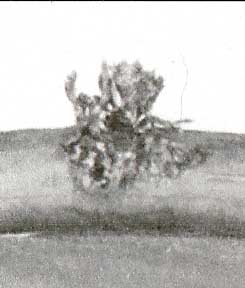
Problem: Hose has burst. Rusted wire, torn, and rotted fibers are present. This was caused by abrasion damage. Exposure to elements will accelerate the deterioration.
Solution: Route the hose so it does not rub against other objects while under pressure. Suggest using clamps and spring guards to protect.
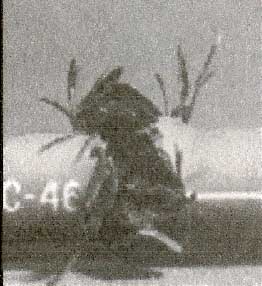
Problem: Hose has burst on outside bend of hose. This hose has been bent past minimum bend radius. It has also taken a set in a bent position due to a kink in the inner tube or reinforcement.
Solution: Check minimum bend radius for hose. Utilize bend tube elbows if possible.
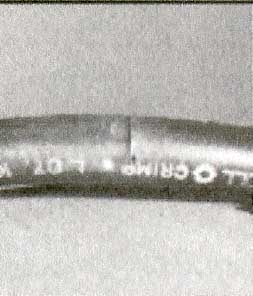
Problem: Excessive heat. Hose cover or inner tube is brittle and cracked and is not flexible at room temperature.
Solution: Use hose with higher temperature rating or protect from heat with shields. Examine entire system for potential heat source. For example undersized lines, excessively long lines, too many bends and/or fitting, reservoir low on fuel.
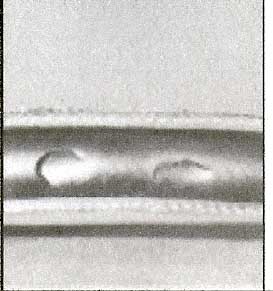
Problem: Incompatible fluid. Portions of the inner tube are swollen and/or washed out. Cover may also be swollen.
Solution: Make sure hose used is compatible with fluid being used.
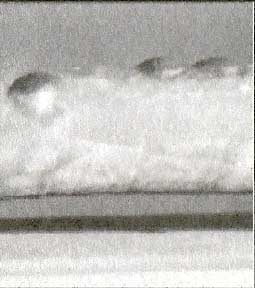
Problem: Hose cover blistered and pulling away from carcass. Gas has effused through the tube and become trapped under the cover.
Solution: Use perforated, pin-pricked, or fiber cover.
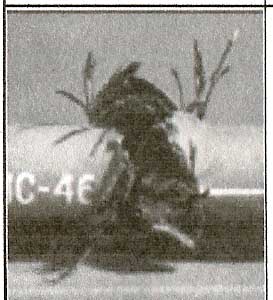
Problem: Hose has burst cleanly with no random wire breakage and cover abrasion. This condition is caused by excessive pressure.
Solution: Use hose with higher pressure rating. Check pressure relief for damage or improper seating.

Problem: Hose has burst. Hose is permanently twisted and kinked. Many broken wires in failure area.
Solution: Hose twisting can reduce hose life by 90%. Tighten ends properly. Reroute hose to eliminate twist. Route hose to flex in only one plane. Use hose layline for a guide.
